You’re not alone if you’ve ever wondered why the Netherlands is so flat.
When I traveled the train from Belgium or Germany back to the Netherlands, I realized I had crossed the border when the horizon suddenly began to stretch hundreds of kilometers in front of me, utterly devoid of hills or mountains.
Coming from a hilly region, the picture made my head spin: how can the Netherlands be so flat!? I went to find out after considering it for days.
What caused the Netherlands to become so flat?
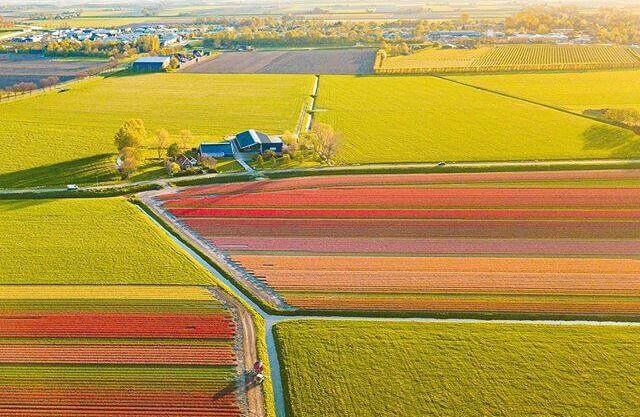
It turns out that the straight horizon is explained by a combination of topography and sea-level land reclamation. Let’s have a look at how each of them works.
Why is the Netherlands so rich?
The Netherlands is a flat country by nature.
Much of the Netherlands is made up of naturally flat, low plains, hence the name “Dutch country.” This is because it is Western Europe’s drainage point. The Rhine, Meuse, Scheldt, and Eems rivers flow into the Netherlands and the Wadden Sea and North Sea via the Dutch coastline.
How the Dutch regained sea-level land
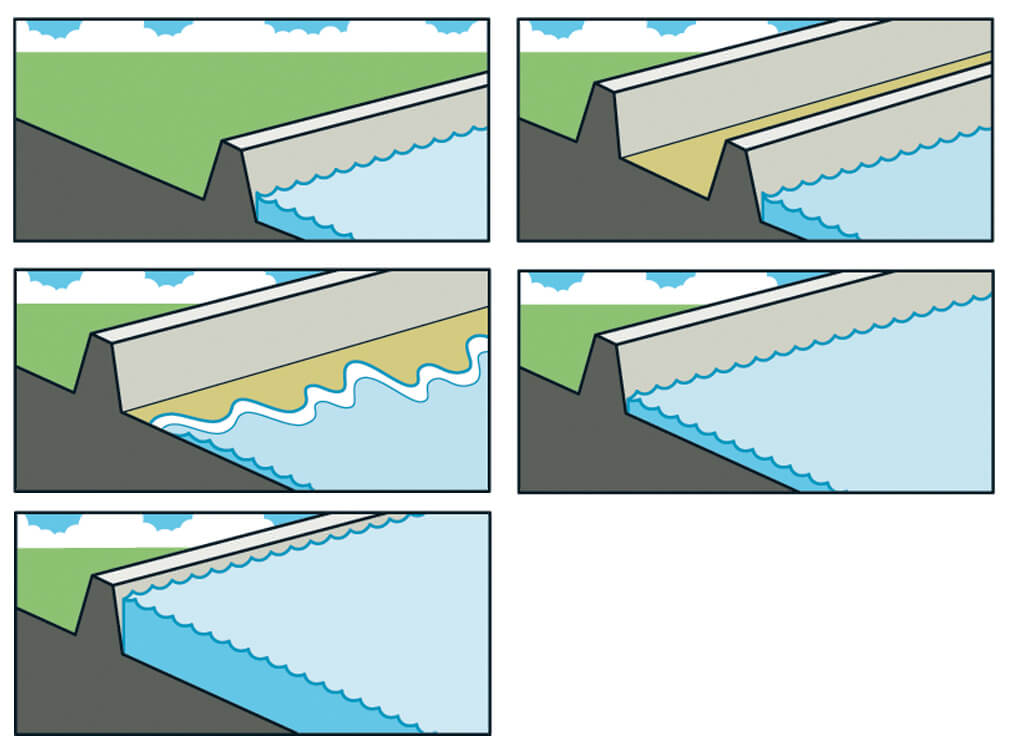
In the Netherlands, 17 percent of the country was previously submerged! One of the many reasons the Dutch are famous for their engineering and water management expertise is the theft of this land to develop large towns. That is also why the majority of the Netherlands is so flat.
The Dutch are extremely amazing in this regard. Dikes were first constructed to cut marshes underwater and prevent seawater from entering. These places are referred to as reclaimed land. Windmills then pump seawater out of the mantle, and the mills are utilized to support the earth. The land is clayey, fertile, and, indeed, flat.
Is the Netherlands submerged?
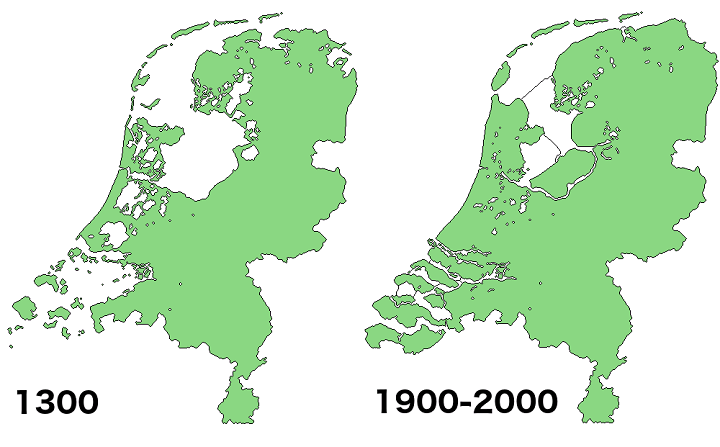
If you think about it too much, you’ll get your pants wet, but sure, 27 percent of the country is below sea level (meaning about 10 percent of the Netherlands was below sea level before land reclamation).
The insane 21% of the 17 million Dutch people live contentedly in what was once the bottom of the sea. Major cities such as Amsterdam, Rotterdam, and Delft are included. The depth is 6.7 meters below sea level!
The Dutch dyke system safeguards the country against floods and other natural disasters. The Delta Works in the country’s southwest is one of the greatest levee, lock, and storm barrier systems created to safeguard the Netherlands.
Flooding occurs when the dyke fails.
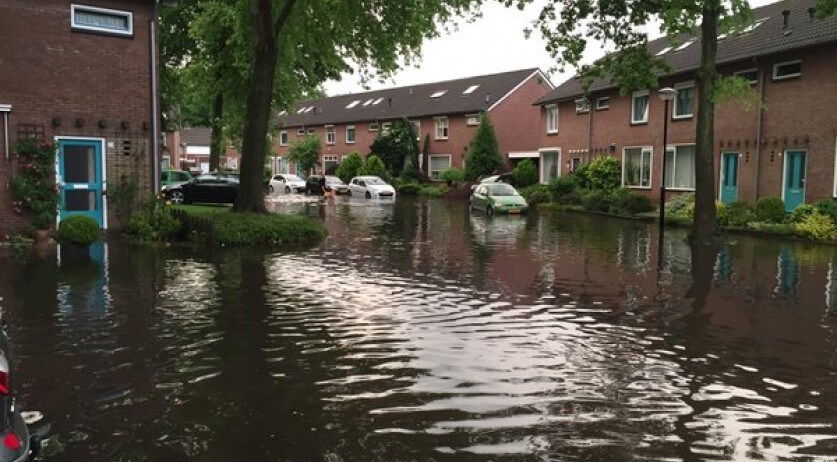
The Watersnoodramp was named after the 1953 flood, which was the largest documented flood tragedy in the Netherlands. It was caused by a North Sea storm and killed about 2,100 people. Damage was extensive in the provinces of South Holland, Zeeland, and North Brabant.
The highest point in the country is the Vaals tri-border region, where the Netherlands joins Germany and Belgium, but it is still just 323 meters high. That is incompatible with areas like the Swiss Alps, which reach 4,634 meters above sea level!
Is the Netherlands sinking?
You may have heard that much of the Netherlands is constructed on submerged land, which is unfortunately correct. The regular drainage required to keep areas of the country dry, which is currently done by massive water pumps rather than windmills, causes the soil to sink by up to 7 mm yearly.
Climate change is also playing a role in the country’s decreasing trajectory. The clay-rich soil dries faster in the summer and hence sinks more quickly.
This can lead to severe issues with Dutch infrastructures, such as broken foundations, dangerous roads, sinkholes, and increased flooding danger. Some of Amsterdam’s ancient canals and bays have recently collapsed. To prevent this, several Dutch cities are required by law to install underground poles. Old houses built on wooden pegs are deteriorating and must be replaced, costing millions of euros.
According to a report by the Dutch Environmental Assessment Agency PBL, it will take roughly 5.2 billion euros to repair faulty foundations by 2050. Ouch!
What steps is the Netherlands taking to prepare for sea-level rise?
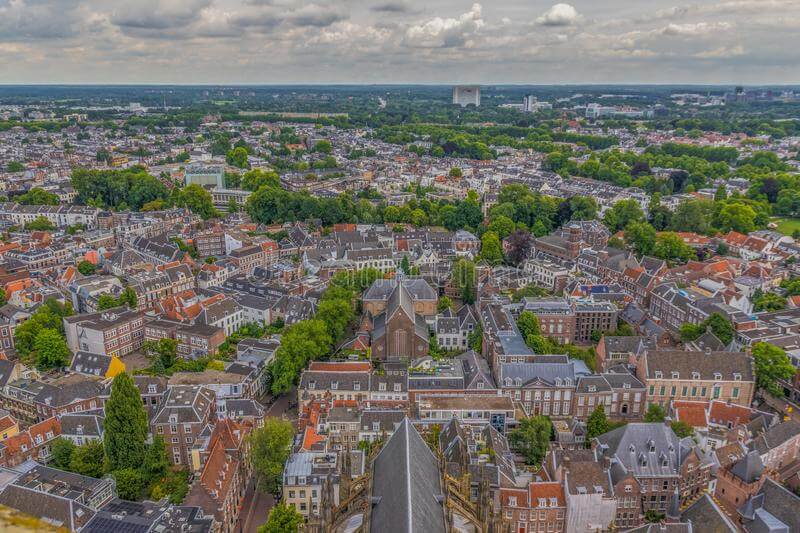
The Dutch government is not ignoring climate change and has no plans to build any fences.
“We can’t just keep building bigger levees because we’ll have to live behind 10-meter-high barriers,” senior government adviser Harold van Waveren told the New York Times. Instead, in a project called Room for the Water, the Dutch are constructing inland reservoirs to catch flood water. In this way, the Dutch expect to continue doing what they have always done best: living with, rather than against, the water.
However, the Room for the Water project has also garnered some criticism. After being designated as a floodplain for the project, the Noordwaard area, formerly a productive agricultural in the south-west of the Netherlands, is now only a marsh.
Houses were razed and people were displaced, and some feared that this will be the fate of many Dutch regions in the future as sea levels rise. Concerns have been raised concerning the strategy’s long-term viability.
So there you have it: the Netherlands is flat due to natural geology and land reclamation. Given the country’s size and location on polar terrain, it is undoubtedly pouring money, brainpower, and water into keeping its cities dry.
7 special cultural traditions of the Netherlands that every visitor must experience!
